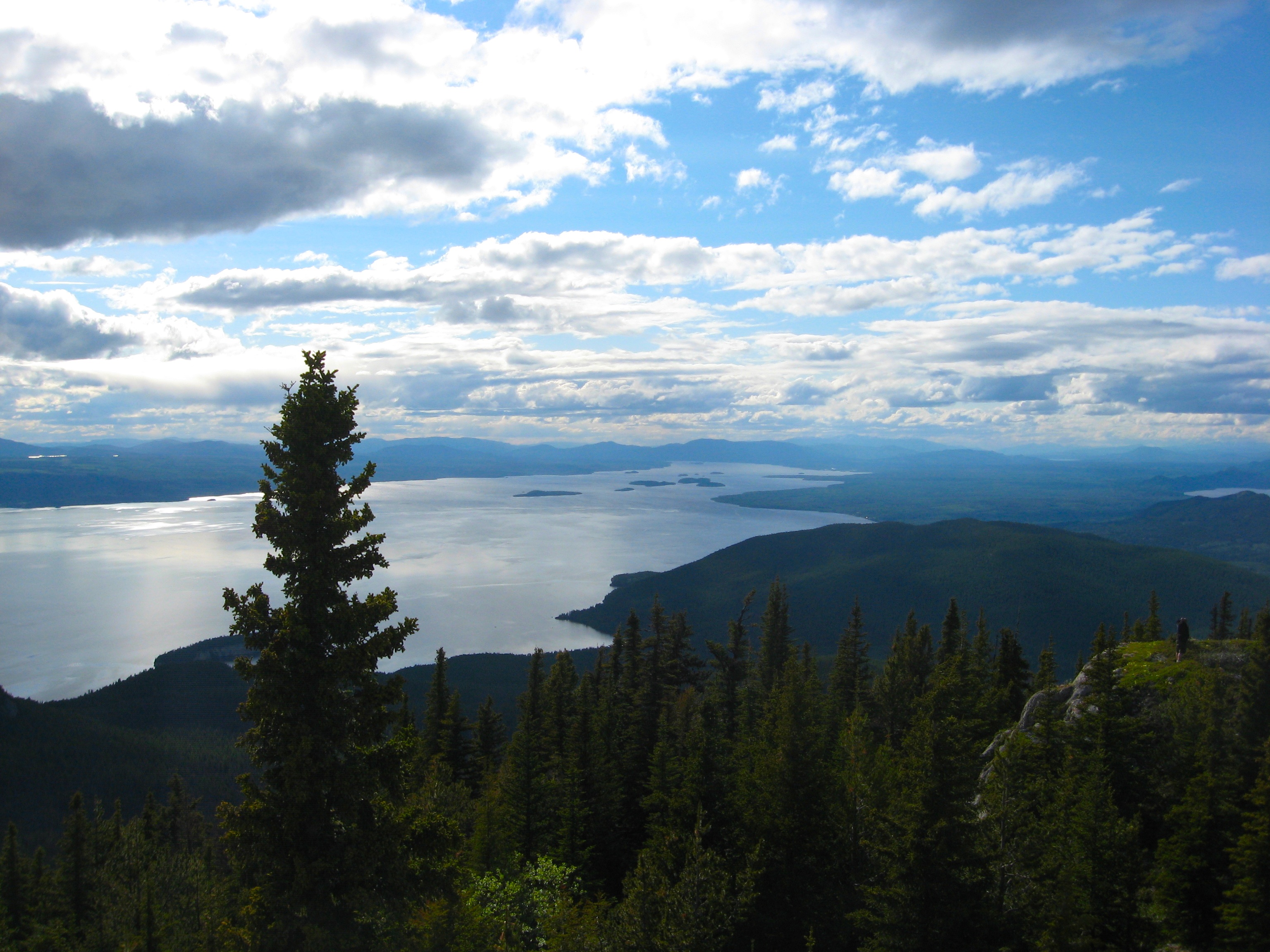 Canada’s rich natural environment offers infinite value and opportunities critical to industry, communities, governments and NGOs. As such, there is a need for these interests to come together to responsibly manage our natural resources for the benefit of future Canadians.
Canada’s rich natural environment offers infinite value and opportunities critical to industry, communities, governments and NGOs. As such, there is a need for these interests to come together to responsibly manage our natural resources for the benefit of future Canadians.
The CMFN defines RRM as resource integration at the landscape level, a collaborative approach where natural resource managers from multiple sectors and stakeholders can work together towards common goals and objectives. Taking a large-scale and regional scope, RRM examines and assesses relationships between stakeholders and the effects of various land and resource uses. Engaging and incorporating participation from planning, to implementation to closure and reclamation, RRM supports dialogue and decision-making between industry, communities and government.
In the long-term, RRM has the ability to transform business best practices and influence government and policy at the local and national levels. This can provide recreational, social, cultural, and spiritual benefit, as well as allowing for important environmental values, while providing economic opportunities for local communities now and for generations to come.

